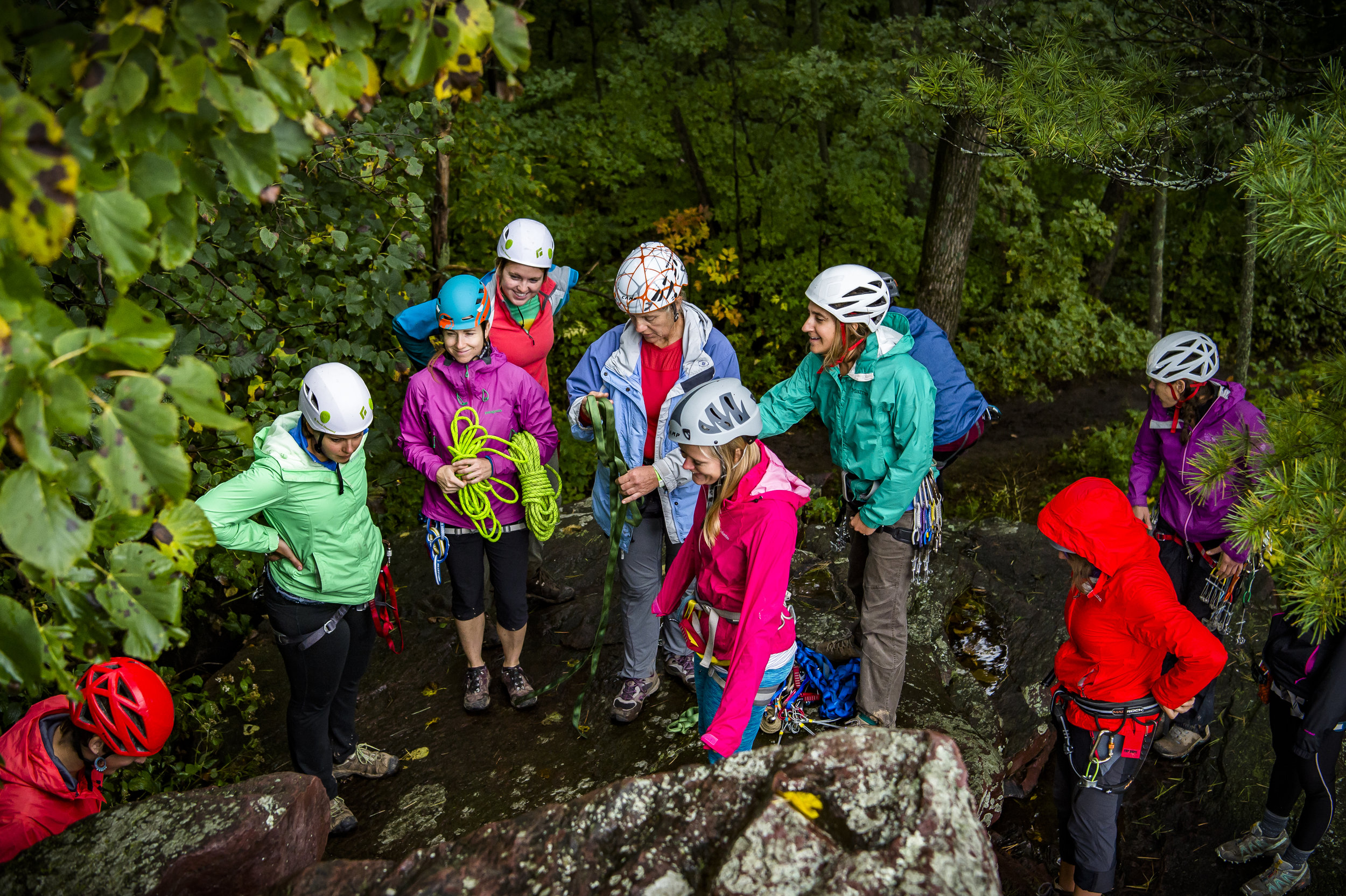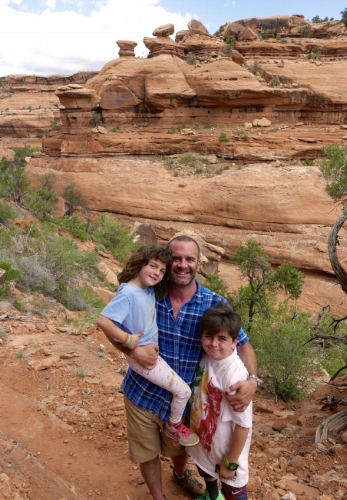The American Alpine Club is proud to announce our Excellence in Climbing Awards celebration, presented by Adidas Outdoor. The fundraising event celebrates teamwork and will honor the 2017 Hall of Mountaineering Excellence Awardees for lasting contributions both on and off the mountain.
The 2017 inductees are:
Sean Patrick (1951 - 2009) - For being a recognized leader in the cancer treatment and research community. Sean Patrick spread awareness, compassion and inspiration to other women by founding HERA Ovarian Cancer Foundation, all while continuing to climb.
David Morton and Melissa Arnot Reid - For starting The Juniper Fund, which provides assistance to individuals, families, and communities in underserved countries adversely affected by their work for the mountain-based adventure industry.
Sean and Timmy O’Neill - For their work with Paradox Sports, a community that provides inspiration, opportunities and specialized adaptive equipment so that anyone is able to be an active participant in human-powered sports.
Doug Walker (1950 - 2015) - Former AAC President, committed conservationist, and a true climber’s climber, Doug Walker dedicated his life to the preservation of the outdoors he loved so dearly through his service on a variety of boards and generous giving.
In addition, the American Alpine Club will present the 2017 Cutting Edge Award to recipients Graham Zimmerman and Scott Bennett for their first ascent on the Southwest Ridge of K6 West, a 7,040-meter (23,097-foot) peak in the Karakoram.
April 13, 2017, Golden, CO—The American Alpine Club is proud to announce our Excellence in Climbing Awards celebration, presented by Adidas Outdoor. The fundraising event celebrates teamwork and will honor the 2017 Hall of Mountaineering Excellence Awardees: Sean Patrick, Dave Morton and Melissa Arnot Reid, Sean and Timmy O’Neill, and former AAC President Doug Walker.
This prestigious award is given to those who have made lasting contributions both on and off the mountain. These climbers have inspired a legacy for future climbers, positively impacted the environment, and advanced the fields of science and medicine, all while accomplishing incredible climbing feats.
Learn more about this year’s Hall of Mountaineering Excellence inductees:
Sean Patrick (1951 - 2009) - For being a recognized leader in the cancer treatment and research community. Sean Patrick spread awareness, compassion and inspiration to other women by founding HERA Ovarian Cancer Foundation, all while continuing to climb.
David Morton and Melissa Arnot Reid - For starting The Juniper Fund, which provides assistance to individuals, families, and communities in underserved countries adversely affected by their work for the mountain-based adventure industry.
Sean and Timmy O’Neill - For their work with Paradox Sports, a community that provides inspiration, opportunities and specialized adaptive equipment so that anyone is able to be an active participant in human-powered sports.
Doug Walker (1950 - 2015) - Former AAC President, committed conservationist, and a true climber’s climber, Doug Walker dedicated his life to the preservation of the outdoors he loved so dearly through his service on a variety of boards and generous giving.
In addition, the American Alpine Club will present the 2017 Cutting Edge Award to recipients Graham Zimmerman and Scott Bennett for their first ascent on the Southwest Ridge of K6 West, a 7,040-meter (23,097-foot) peak in the Karakoram.
Each year, the AAC recognizes one climbing team who, with the aid of an AAC climbing grant, demonstrated excellence in climbing, upheld the values of the American Alpine Club, and acted in a manner befit a world-class ambassador to American climbing both domestically and abroad.The team was supported by the American Alpine Club’s Lyman Spitzer Cutting Edge Grant.
The teamwork themed celebration will be held on Saturday June 3, 2017 at the Westin located at 1672 Lawrence Street, Denver, CO 80202. The evening includes presentations by award winners and attendees will enjoy a cocktail reception, live and silent auctions, libations, and food. An after party featuring live music by 80’s cover band, The Goonies, drinks, and gear giveaway will take place directly after the dinner also at Westin.
All proceeds benefit The American Alpine Club Library and The Bradford Washburn American Mountaineering Museum.


























